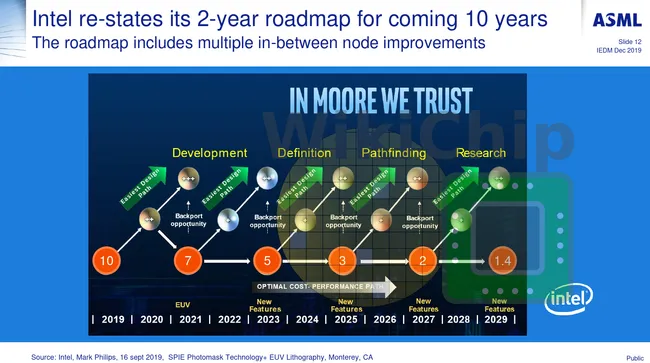According to Intel's announcement today, we won't see the new chips until the second half of 2021.
Was anyone actually expecting otherwise? They were obviously not going to release both Rocket Lake and Alder Lake on the desktop within a year of Comet Lake. That would make little sense, so no one should have been expecting those processors to appear in the first half of the year. Most likely, we won't see Rocket Lake until early next year, and Alder Lake likely won't be coming until the tail end of next year.
Any link to back this up?!?!
Maybe this should be spelled "in the "enthusiast" desktop PC market" ?
Which is a niche of a niche.
Because all we normal people have access to is intel's quarterly reports and there intel has doubled their net income in the last two years,so either they are selling the same amount of CPUs for double the price or their market share is way way way higher than anybody else's and they would have no issues with losing some of this doubled market share.
Of course Intel's income was going to improve once they finally started releasing processors with higher core-counts after spending the better part of a decade stagnating on four cores with only minor performance improvements each year. Until AMD started releasing competitive processors with higher core counts, and Intel followed suit, people saw little reason to upgrade, as the new processors were more or less the same as what they already had. Now that more capable processors are available in every price segment, people see more reason to upgrade. So sure, Intel's processor sales are going to be up, but AMD's have undoubtedly climbed by an even greater percentage over where they were previously, and as such, Intel has been losing a share of the market. And that goes even more so for the server and HEDT processor markets, where Intel had more or less no competition whatsoever for a number of years.
Sure, Intel still holds a much larger share of the market, as companies are not going to jump to AMD in droves overnight, nor does AMD likely have the production capability to make that happen in the short term, and the article's claim that Intel "desperately" needs 10nm desktop CPUs to ward off AMD is an exaggeration, but AMD is certainly being far more competitive in every market than they had been for years. And perhaps just as important, they are building positive mindshare, that is likely to continue their growth for some time to come.
And while Intel might be happy to see increased sales in the short-term, I imagine they would have preferred to trickle out core-count increases at a slower rate, rather than needing to effectively slash the prices of their processors by more than half over the course of a couple years. A lot of this increased income is likely future sales that have been shifted forward.


